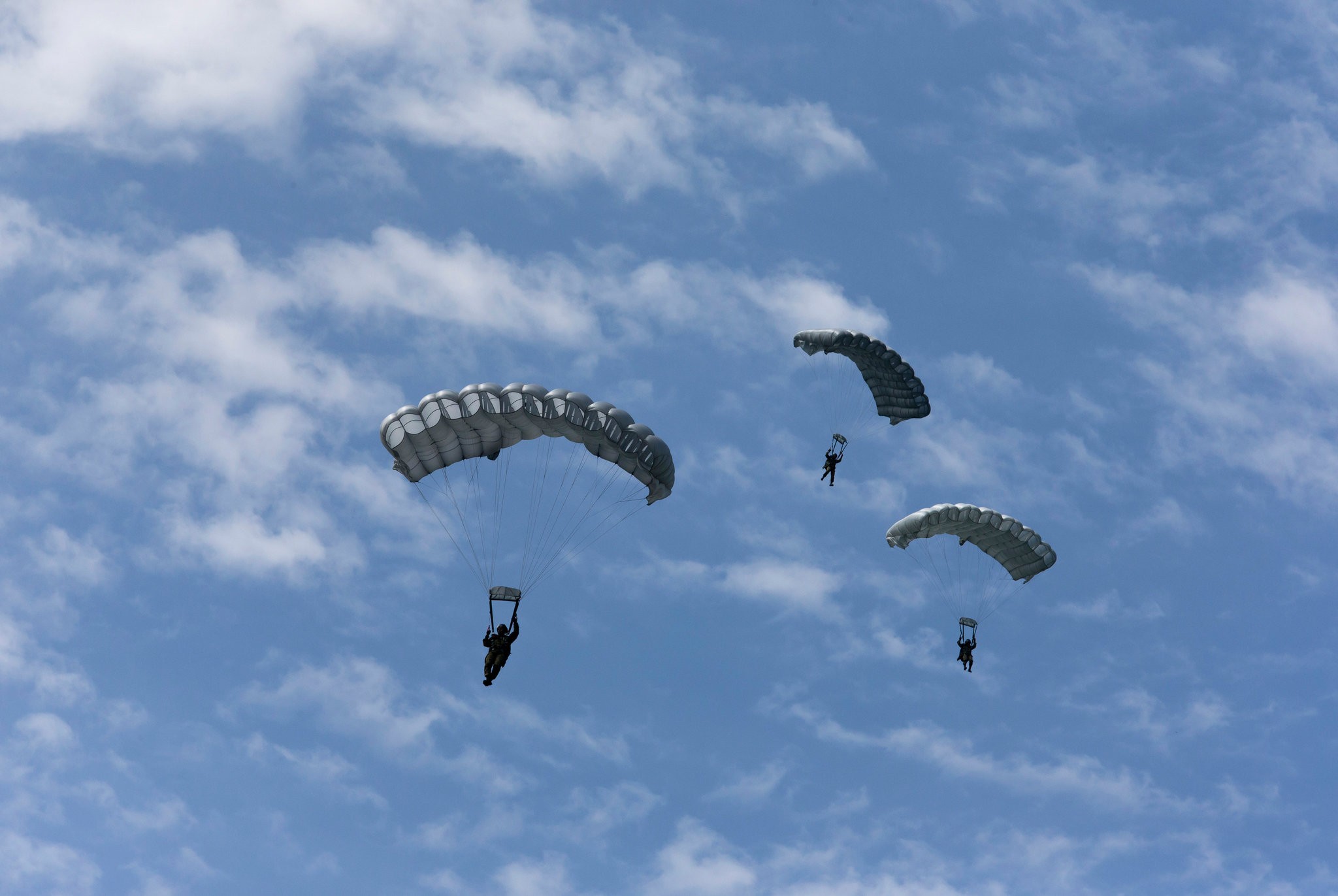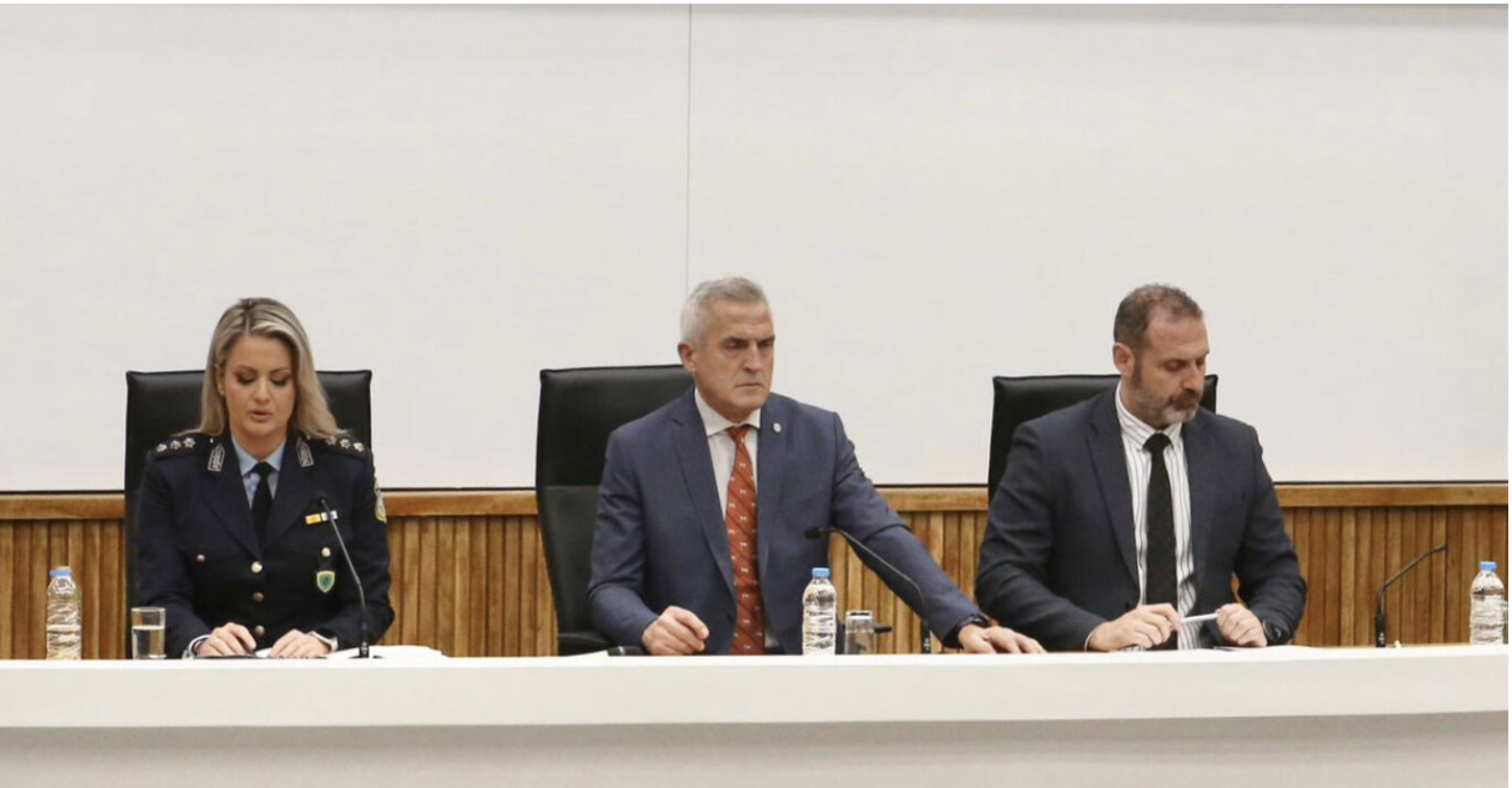The Japanese soldiers jumped out of the jeeps, unloaded the antitank missiles and dropped to the ground. Within minutes, they aimed and fired, striking hypothetical targets nearly a half-mile away.
The audience of more than 26,000, crammed into bleachers and picnicking on camouflage-patterned mats on the ground, clapped appreciatively, murmuring “Sugoi!” — or “Wow!”— during live-fire drills conducted over the weekend by Japan’s military here in the foothills of Mount Fuji.
Pacifism has been a sacred tenet of Japan’s national identity since the end of World War II, when the United States pushed to insert a clause renouncing war into the country’s postwar Constitution. But there are signs that the public’s devotion to pacifism — and its attitude toward the Japanese military, known as the Self-Defense Forces — have begun to change, in part at the urging of Prime Minister Shinzo Abe.
Mr. Abe’s slow, steady efforts to remove pacifist constraints on the military may have gotten help Tuesday, when North Korea fired a ballistic missile that sailed over Japan’s northern island, Hokkaido, prompting the government to issue television and cellphone alerts warning residents in its path to take cover. It was the first time North Korea had flown a missile over Japanese territory without the pretext of launching a satellite. The missile landed harmlessly in the Pacific Ocean, but Mr. Abe called it an “unprecedented, grave and serious threat.”
“We have been living in peace for such a long time that we believe this peace is going to last forever,” said Ichiro Miyazoe, 74, walking in the Ikebukuro neighborhood of Tokyo after the latest test from Pyongyang on Tuesday. “Japan has had a weak attitude, like a losing dog. We must have a stronger military.”
Although the Japanese public has long been ambivalent about Mr. Abe’s agenda — polls show that about half or more disagree with his efforts to revise the pacifist clause of the Constitution — its fascination with the military has been growing.
Applications for tickets to attend the Fuji drills were oversubscribed by a factor of nearly six to one this year. According to polls by the prime minister’s cabinet office, the number of those who say they are interested in the Self-Defense Forces has risen to 71 percent in 2015, up from about 55 percent in the late 1980s.
Manga comics and anime television shows like “Gate,” which feature the Self-Defense Forces fighting against supernatural creatures, have grown popular, while online matchmaking sites offering dates with soldiers have become trendy.
Of course, such activities do not necessarily translate into a desire for a more assertive national defense policy. The most important function of the Self-Defense Forces is disaster relief, and support for the forces soared in the wake of the March 2011 earthquake and tsunami, when troops rescued victims and restored disaster-ravaged zones.
But at events like the Fuji live-fire drills, some members of the public are starting to consider the possibility that their military could be called upon to perform more than live exercises or disaster relief.
“Once the U.S. or South Korea engages in a war, Japan will also have to take part,” said Masaaki Ishihara, 60, a manager at a construction company in Yokohama who attended the Sunday drills with his wife, 9-year-old son and a friend. “Japan will be forced to get involved.”
Despite the festival-like atmosphere, with people eating flavored shaved ice and snapping up T-shirts, model tanks and military-themed cookies at souvenir stands, Mr. Ishihara’s wife, Takako, 49, said the exercises felt “like a real battle.”
“I got scared watching it,” Ms. Ishihara said. “Will peace really continue?”
With the rising threats in the region, Mr. Abe has repeatedly called for a constitutional revision to allow Japan to expand its military capabilities. Japan is protected by its alliance with the United States, but Mr. Abe and his supporters believe the country needs to do more on its own.
Two years ago, Mr. Abe pushed through security laws that permit Japan’s troops to participate in overseas combat missions. The Japanese government has also proposed defense spending increases for six years running, and the Defense Ministry recently announced it would request funds to purchase an American missile defense system, known as Aegis Ashore, that can intercept missiles midflight above the earth’s atmosphere.
Even as it has grown anxious about the threats, the Japanese public, as citizens of the only country to have experienced the horrors of nuclear war, has remained steadfastly committed to its war-renouncing charter. Before the security laws were passed in 2015, thousands of protesters took to the streets of Tokyo to oppose them.
Protesters also regularly show up at American bases in Okinawa to object to the U.S. military presence. There are currently about 54,000 U.S. troops in Japan.
Analysts said the public has yet to reckon with just how far they are willing to go in the name of national security.
“I think that ordinary people tacitly want to avoid thinking about a potential contradiction between the notion of the pacifist clause of the Constitution and the reality of changes in Japanese defense policies,” said Jiro Yamaguchi, a professor of political science at Hosei University.
Shinobu Mori, 52, who drove 120 miles with her daughter to attend the annual rite of military Kabuki theater near Mount Fuji, said she enjoyed the display but hoped the firepower would never actually be used. “I grew up in a peaceful era,” she said. “So I would like to pass that on to the next generation.”
Tuesday’s missile launch generated a sense of mild panic, with some private train lines halting service for about 20 minutes. An announcement at Tokyo station around 6 a.m. warned commuters that a missile from North Korea was flying over Japan and told them to take cover in a train car or waiting room.
On social media, one Twitter user described “a red pillar of fire” falling from the sky toward Hokkaido. “The only thing I can do is self-defense in this world,” he wrote. “It’s important to be ready. We cannot deny that World War III might be close.”
Japan has long interpreted its pacifist Constitution to allow it to conduct self-defense operations, and it has more than 225,000 active-duty troops and advanced armaments like naval destroyers equipped with sophisticated missile defense and fighter jets.
But over time, the government has nudged the definition of self-defense into a more assertive posture. Recently, it has quietly discussed the possibility of acquiring cruise missiles allowing it to pre-emptively strike a missile launch site if it detected signs of an imminent attack.
Some analysts say Japan’s notion of pacifism has always contained contradictions.
“It is faux pacifism, and it always has been,” said Grant Newsham, a retired U.S. Marine colonel and a research fellow at the Japan Forum for Strategic Studies. “It is predicated on the perspective that Japan faces no threats.”
Indeed, from the moment it was inserted into the Constitution, the pacifist clause has been fluid, with the historian John Dower calling it “a miasma of ambiguity.”
Most experts say that it would be politically difficult to change the Constitution, but that a debate needs to move from mainly political and academic circles to include the wider public.
“I don’t think it’s going to change, but the general public’s sentiment may be moving towards that direction if this threat continues to increase,” said Masako Toki, a research associate with the Nonproliferation Education Program at the Middlebury Institute of International Studies.
Liberals continue to oppose a military buildup in Japan, but some analysts say younger people don’t understand the dangerous stakes of tilting toward militarism.
“I think there is a whole generation that has basically not done a good job of going beyond embracing pacifism,” to explain to younger people why it is important, said Sabine Frühstück, professor of modern Japanese cultural studies at U.C. Santa Barbara and the author of “Playing War: Children and the Paradoxes of Modern Militarism in Japan.”
“It’s one of these things that has become a black box in Japan,” Ms. Frühstück said of pacifism, “in the sense of ‘this is just what we got and how things are supposed to be.’”
Miyuki Nakayama, 23, a student leader of the Public for the Future, a group that opposes military action, said people have simply forgotten the lessons of World War II. “They don’t imagine a war might be real in the future,” Ms. Nakayama said.
Ask me anything
Explore related questions





